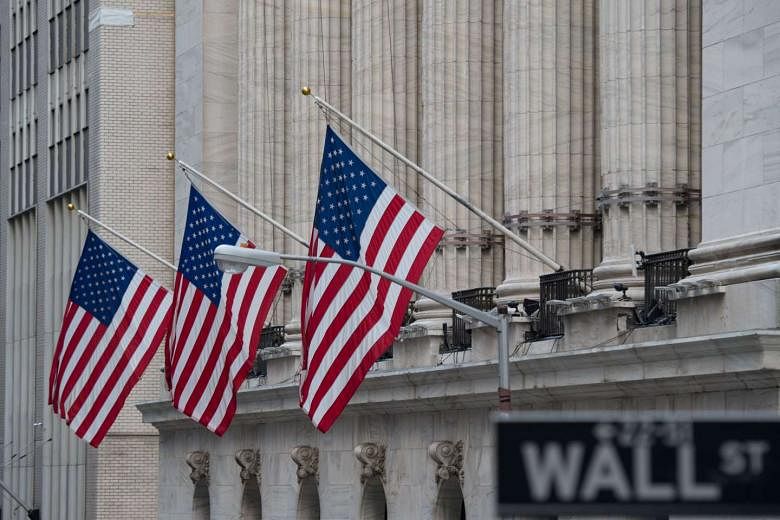WASHINTON (BLOOMBERG) - The US economy grew in the fourth quarter at a 1.9 per cent pace, unchanged from an initial estimate, as slower investment by businesses and state and local agencies offset stronger household purchases.
The gain in gross domestic product, the value of all goods and services produced, was smaller than the median forecast in a Bloomberg survey for a 2.1 per cent annualized rate. Consumer spending, the biggest part of the economy, rose 3 per cent, more than projected, Commerce Department data showed Tuesday.
The results reinforce the leading role that consumers continue to play in the current expansion, helped by a tight job market, low borrowing costs and rising confidence. Optimism that President Donald Trump will lower taxes, reduce regulation and rebuild infrastructure may also encourage businesses to step up investment this year, contributing to growth.
Economists' growth estimates ranged from 1.7 per cent to 2.6 per cent. The GDP release is the second of three for the quarter, with the third scheduled for late March, when more information is available. The economy expanded at a 3.5 per cent pace in the third quarter.
The revision showed GDP grew 1.9 per cent in the fourth quarter from a year earlier, the same as the initial estimate. That's about in line with the average 2 per cent pace of the current expansion which began in mid-2009.
President Trump aims to double the pace of growth and may provide details in his address to Congress later Tuesday. Treasury Secretary Steven Mnuchin has said new policies will lead to expansion of 3 per cent or higher, while the White House website pledges a "return to 4 per cent annual economic growth."
At the same time, Mr Mnuchin has played down expectations that Mr Trump will boost growth right away, saying last week that reaching 3 per cent expansion could come later in 2018 as policy changes take effect.
The fourth-quarter revisions to household spending, which accounts for about 70 per cent of the economy, compared with an initial estimate of 2.5 per cent and the median analyst projection of 2.6 per cent. Purchases added 2.05 percentage points to growth, more than the prior reading of 1.7 points.
The revision reflected greater spending on used automobiles and on health-care services, the Commerce Department said.
In a sign that households have the wherewithal to spend, the latest figures showed an upward revision to wages and salaries, which helped disposable income grow at a 2 per cent pace, faster than the 1.5 per cent initially reported.
Nonresidential fixed investment increased at a 1.3 per cent annualized pace, less than initially estimated. That added 0.17 percentage point to growth, down from a previous reading of a 0.3-point addition.
Business spending on equipment rose 1.9 per cent, the first increase in five quarters, though below the prior estimate of 3.1 per cent. The change reflects an upward revision to aircraft exports, which subtract from the calculation of fixed investment, the Commerce Department said.

